Is it cool at home even though the heating is on? Perhaps the problem is inadequate heat dissipation of the radiator. It can be increased by working on the heating system or its location. Let's take a look at 5 ways to improve battery efficiency.
Bleed air or clean sections
Also, heat transfer can be reduced due to the formation of rust or limescale in the sections. Such blockages create a heat-absorbing layer and reduce the amount of hot water flowing through the heating system. Cleaning is mechanical, chemical, with the use of pressure, electrohydroimpulse and other methods. What to choose depends on the design, the material of the sections and the type of contamination.
Accelerate convection
This can work when the batteries are hot, but the room is not warming up. You need to direct a fan at them, and it will accelerate the convection. To do this, they also use the cooler of the computer system unit, which can be installed near the radiator and directed with the back towards it. The accelerated air flow will heat up, and its warm masses will fill the room faster.
Remove obstacles
Direct heat spread
Part of the heat goes into the wall behind the radiator, so in order for it to go only in the direction of the room, it is isolated. To do this, foam polyethylene is glued to the wall with a layer of foil on one side, a reflective layer to the room, insulation to the surface. It prevents the cold from the wall from entering the room, and the foil repels the heat coming from the radiator. This moment can be taken into account even during the installation of the heating system by placing a ribbed steel shield behind it.
Additional equipment for radiators
You can increase the heat dissipation of the battery by putting on an aluminum casing. This metal quickly absorbs and gives off heat. If a heating meter is not installed, adding sections to the radiator will make the heated area larger and more heat will enter the room.
The color of the radiator is also important for heat transfer: brown or bronze color increases it by 20 - 25% in relation to white. Before painting, you should remove the previous layers of coating, which are often found on old cast iron batteries, because they absorb heat.
If you rid the heating system of its air congestion, pollution, remove obstacles to convection and direct the spread of heat, the air temperature in the room will rise.

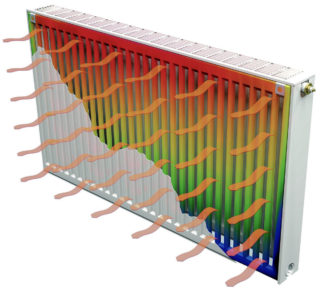
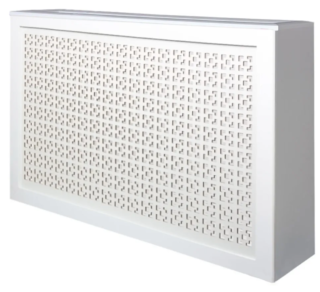
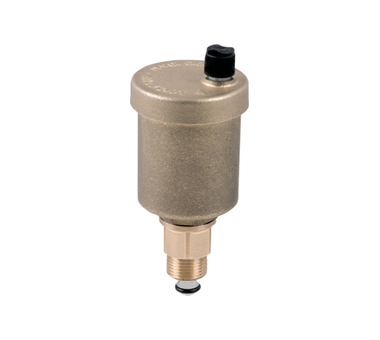
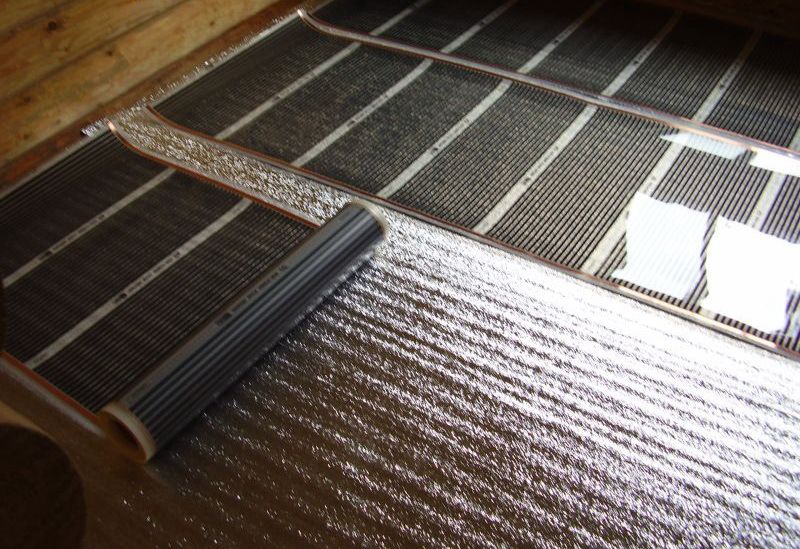
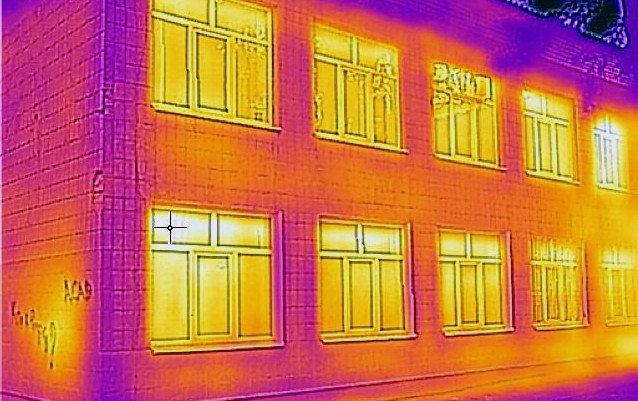

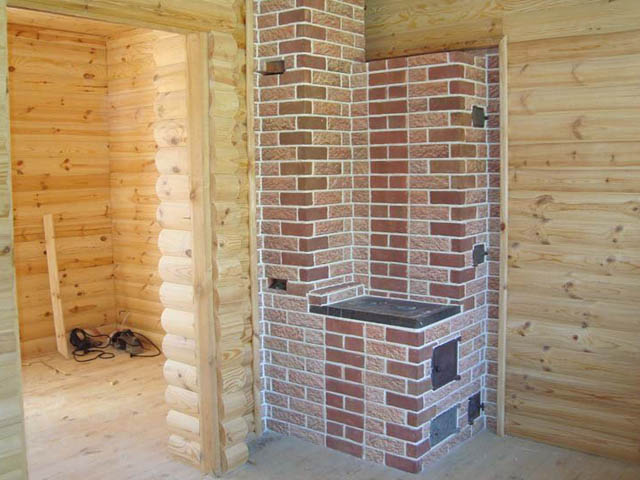
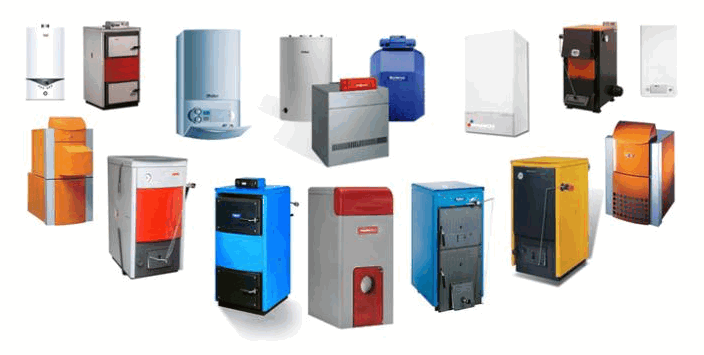
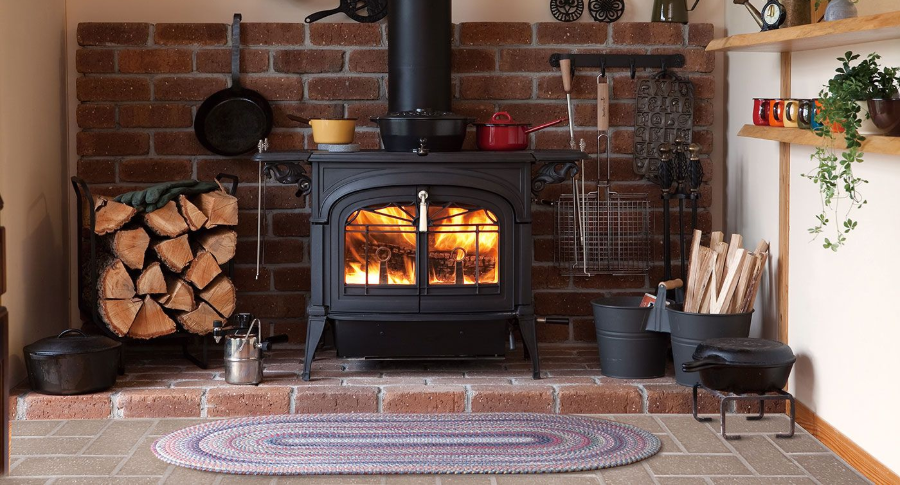

Note that adding sections to the radiator is tantamount to installing a fan and will increase the heat dissipated. And if the meter of heat energy for heating is not at the outlet of the heating system, but at the entrance, then you should not worry about the rise in cost.